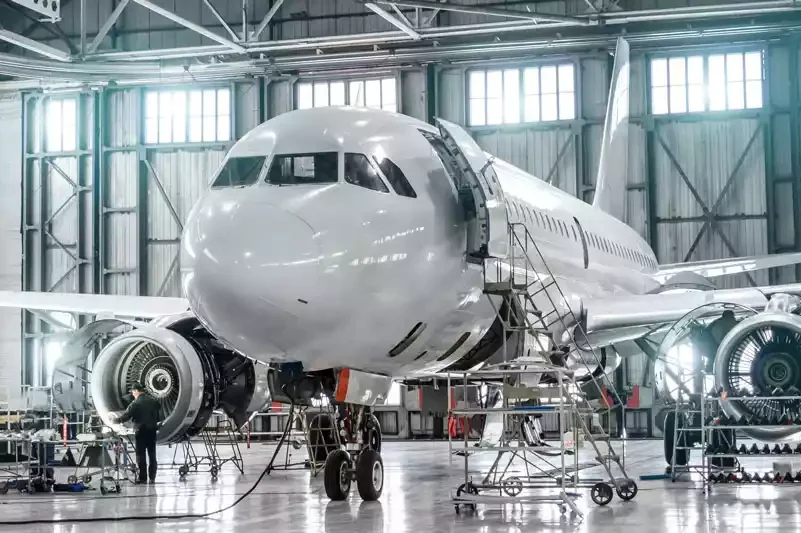Aerospace exports sector in Mexico is growing

The aerospace exports sector in Mexico is set to experience a sudden increase in 2023 after several years of being impacted by the pandemic.
Aerospace exports from Mexico will reach a record high in 2023, with a year-on-year growth of 16%, totaling $9.4 billion, as estimated by the United States Department of Commerce.
These external sales increased from $6.6 billion in 2020 to $6.7 billion in 2021 and then to $8.1 billion in 2022.
Like much of the Mexican economy, aerospace exports were severely affected by the pandemic in 2020-2021.
According to FEMIA, Mexican production decreased between 25% and 45% in 2020.
The sector was heavily impacted by the global decline in passenger air traffic, estimated at 48% by the International Air Transport Association (IATA).
Despite this, the Department of Commerce indicates that Mexico has fared better than most countries in its recovery.
Aerospace exports sector in Mexico
Mexico has improved its aerospace manufacturing capabilities, ranging from the production of components, small parts, and harnesses to the manufacturing of fuselages, flight surfaces, small unmanned aircraft, and flight control and avionics assemblies.
Multinational companies also play a significant role in Mexico’s aerospace industry.
GE and Rolls Royce produce new turbine systems in Mexico, Fokker Aerostructures manufactures wings for jets, and the Safran Group has 17 facilities in the country, with five in the state of Querétaro, making it the industry’s largest employer.
According to FEMIA estimates, Mexico’s aerospace sector grew from 100 manufacturing companies and organizations in 2004 to 368 by mid-2022.
These companies primarily include manufacturers, maintenance-repair-overhaul (MRO) facilities, technical schools, research centers, universities, and related service providers.
Overall, 79% of the companies are manufacturers, 11% are involved in design and engineering, and 10% are in maintenance, repair, and overhaul services.
FEMIA estimated that in 2019, foreign direct investment by country of origin was 48% from the United States and 36% from Canada.
The Department of Commerce considers that several events contributed to the growth of this industry in Mexico, from the arrival of the Canadian aerospace company Bombardier in 2004 to various government programs, including business incentives, workforce training programs, and new universities.
The Mexican aerospace industry has five main hubs located in the states of Baja California (Tijuana-Mexicali), Sonora, Chihuahua, Querétaro, and Nuevo León.
Baja California is the largest, with over 100 aerospace companies generating more than 30,000 direct jobs. This region is the driving force behind aerospace exports in Mexico.
Also read: Starlink Wins Two Bids in Mexico.






